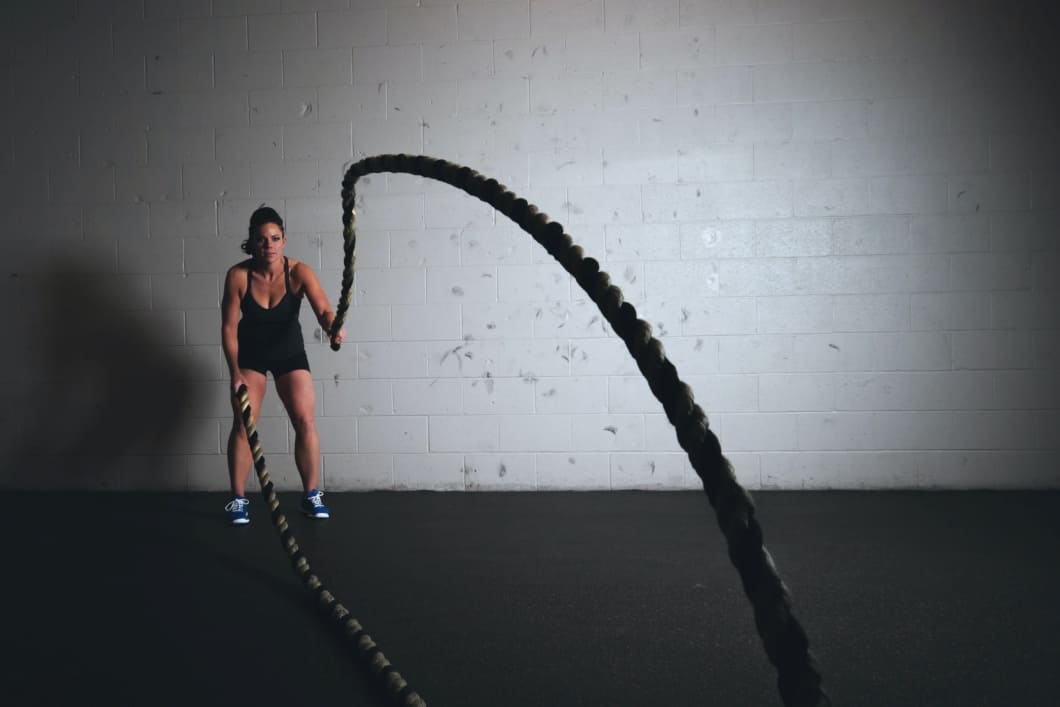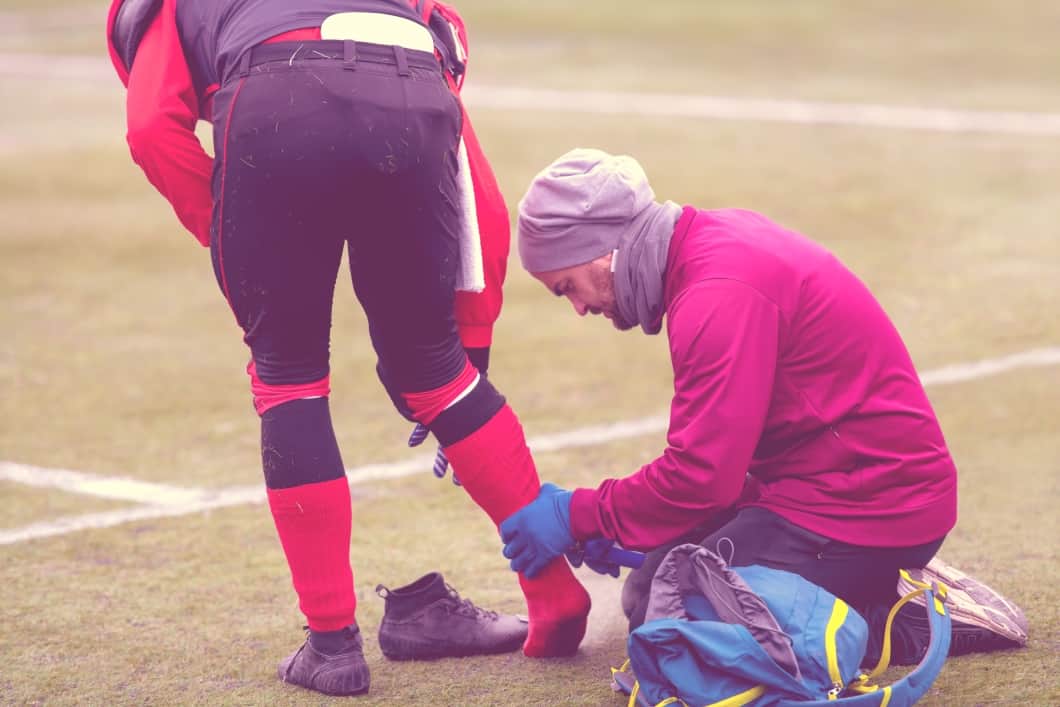Athletes, whether amateur or professional, often experience various musculoskeletal injuries due to the physical demands of their respective sports. These injuries can range from sprains, strains, and fractures to more complex issues like ligament tears, tendonitis, or post-operative rehabilitation after orthopedic procedures. PTAs are specifically trained to work under the supervision of PTs to provide comprehensive care to patients, including athletes, through various treatment modalities.
Therapeutic Exercise Programs
One of the primary roles of a PTA in working with athletes is the implementation of therapeutic exercise programs. These programs are designed to restore strength, flexibility, and range of motion to the affected area. For athletes, these exercises often focus on sport-specific movements and functional activities that mimic their actual sports, helping them regain their performance abilities and preventing re-injury. PTAs guide athletes through these exercises, ensuring proper form, technique, and progression.
Physical Modalities
Additionally, PTAs are proficient in applying various physical modalities to facilitate healing and pain relief. These may include ultrasound, electrical stimulation, heat, ice, or manual therapy techniques such as massage or joint mobilizations. Such modalities aid in reducing inflammation, promoting tissue repair, easing muscle tension, and improving circulation. Athletes benefit from these interventions as they aid in speeding up recovery, reducing pain, and restoring optimal function.
Injury Prevention
Furthermore, PTAs can educate athletes on injury prevention strategies. They educate them on proper warm-up and cool-down exercises, the importance of stretching, and proper body mechanics during physical activities. PTAs can also assess the athlete’s movements, biomechanics, and alignment to identify potential sources of injury or issues that may hinder performance. PTAs can tape and wrap body parts and warm up muscles with equipment like bands. By addressing these concerns, PTAs play a vital role in reducing the risk of future injuries and optimizing athletic performance.
In conclusion, physical therapist assistants can indeed work with athletes. With their knowledge, skills, and expertise, PTAs assist in the rehabilitation process of athletes, helping them recover from injuries, regain their strength, function, and participate safely in sports activities. PTAs collaborate with the broader healthcare team, including physical therapists and sports trainers, to ensure comprehensive care and the successful return of athletes to their chosen sports.
Questions About PTAs Working With Athletes?
If you have any other questions about PTAs working with athletes, then ask us in the comments below.
Related Physical Therapy Assisting Questions
- Do Physical Therapy Assistants Wear Scrubs?
- What Do Physical Therapists Assistants Wear To Work?
- Can Physical Therapist Assistants Work With Athletes?
- Can An Athletic Trainer Be A Physical Therapy Assistant?
- I Want to Become a Physical Therapy Assistant How do I Start?
- What Is a PRN Physical Therapy Assistant?
- What Do I Need To Be A Physical Therapy Assistant?
- What is the Difference Between PT and OT?
- What is a Physical Therapist Assistant (PTA)?
- How To Become a Physical Therapist Assistant


